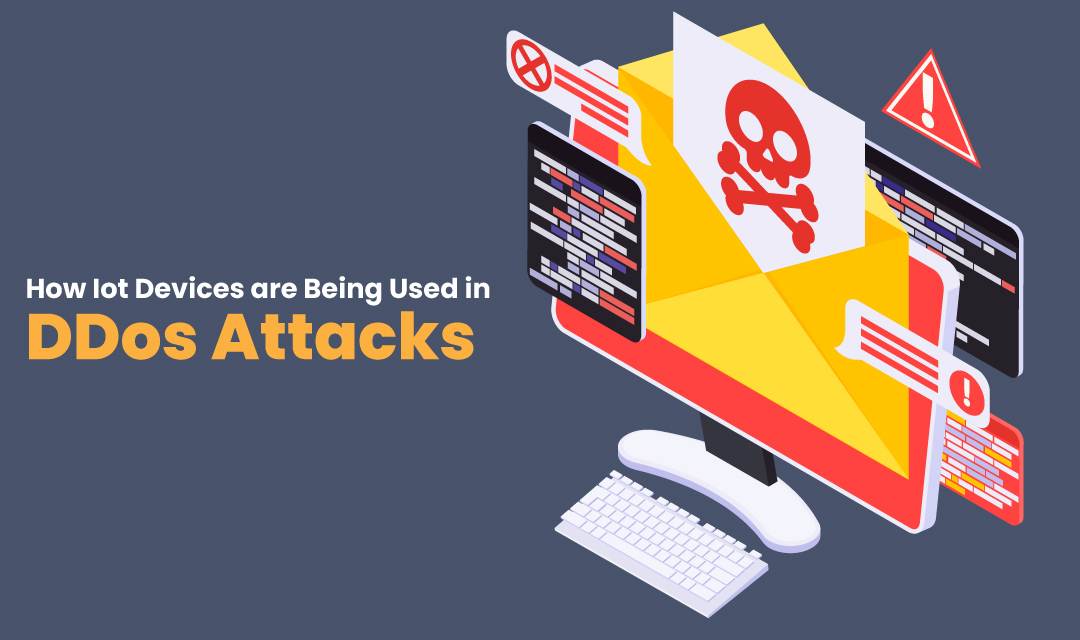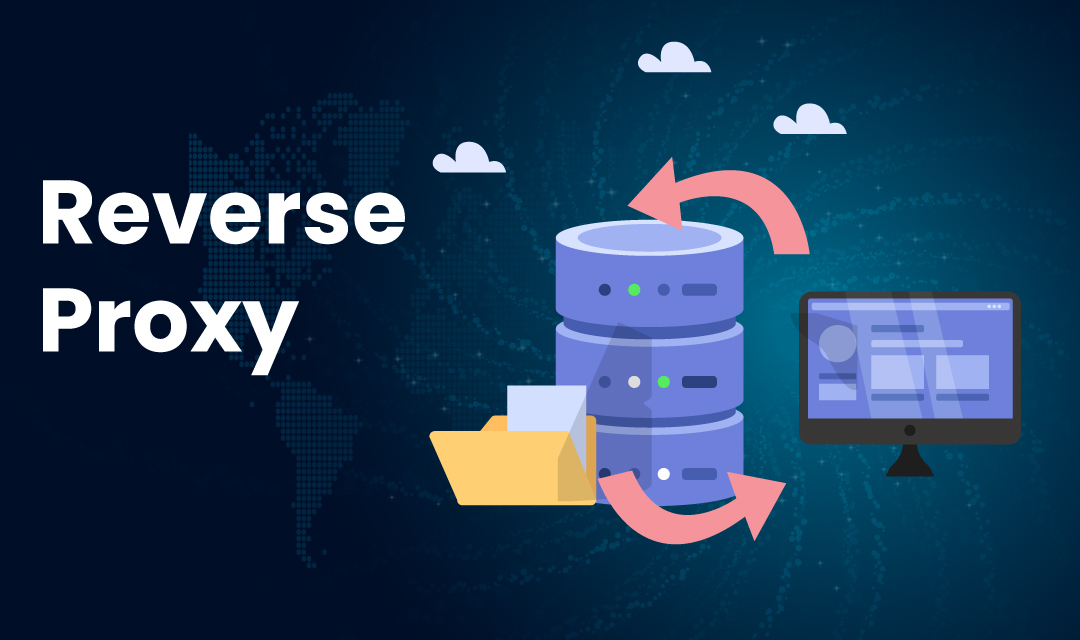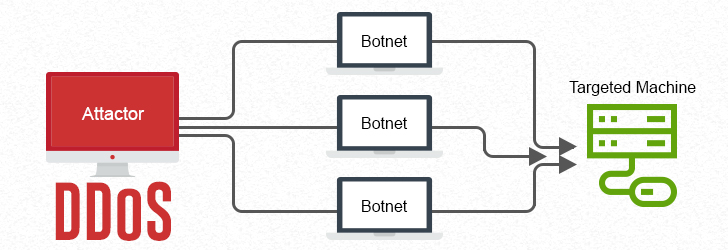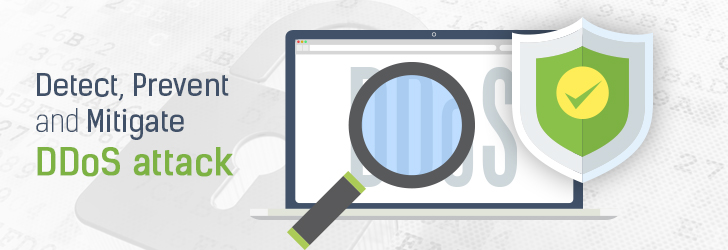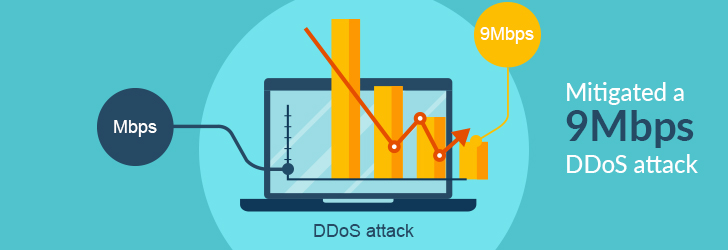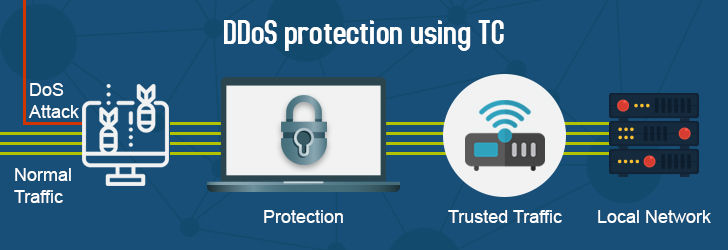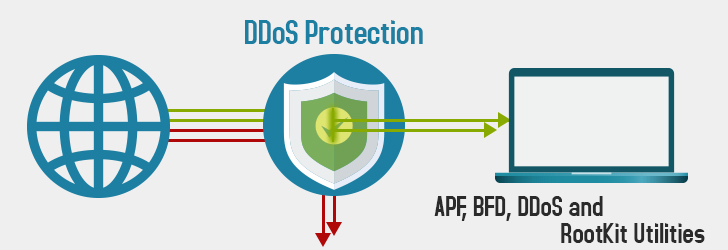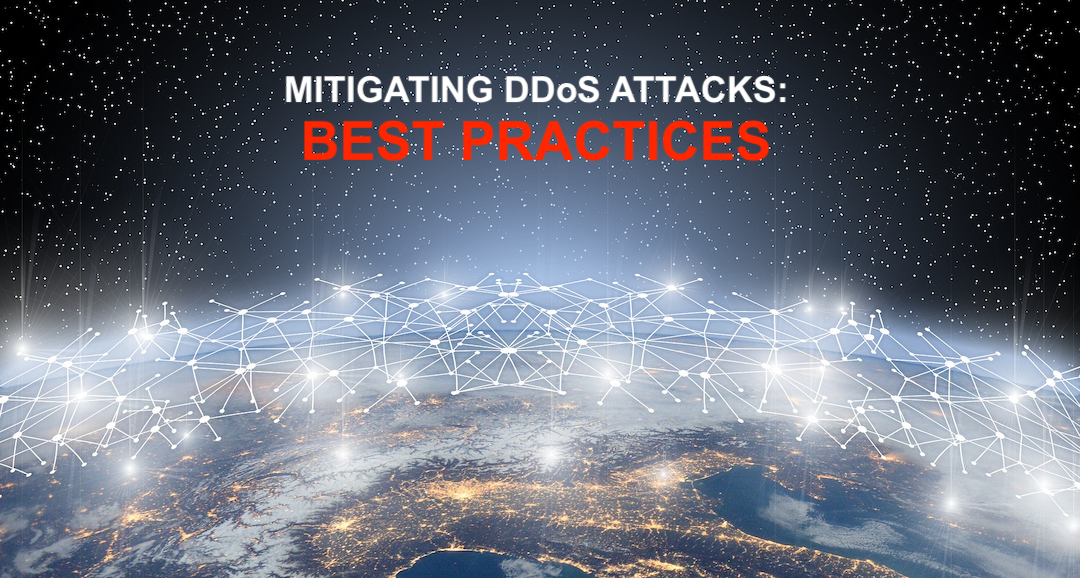
With our dependence on the Internet growing each day, businesses face a significant threat from DDoS (Distributed Denial of Service) attacks. DDoS is a type of cyberattack where multiple compromised systems, often referred to as a botnet, are used to flood a target website with an overwhelming volume of malicious traffic. The goal of DDoS attacks is to overwhelm the target server to prevent normal operation, disrupting the business. Website owners must implement effective strategies to mitigate DDoS attacks.

